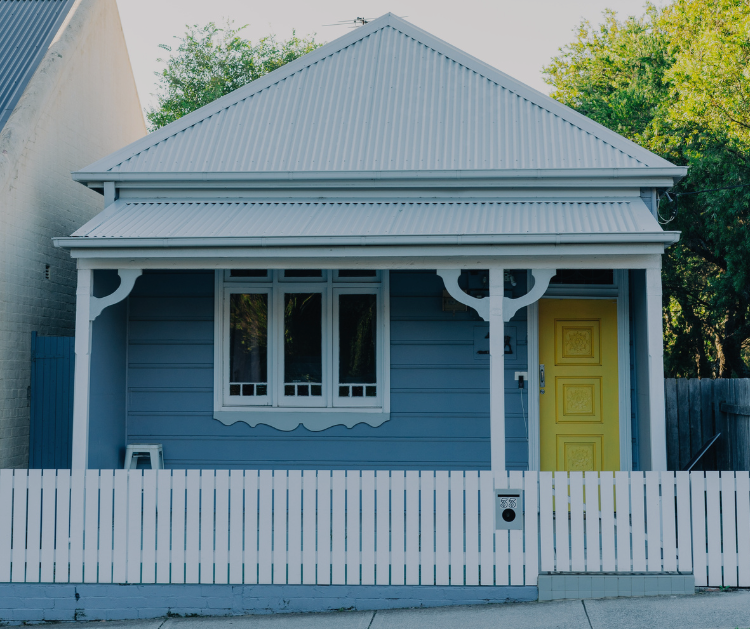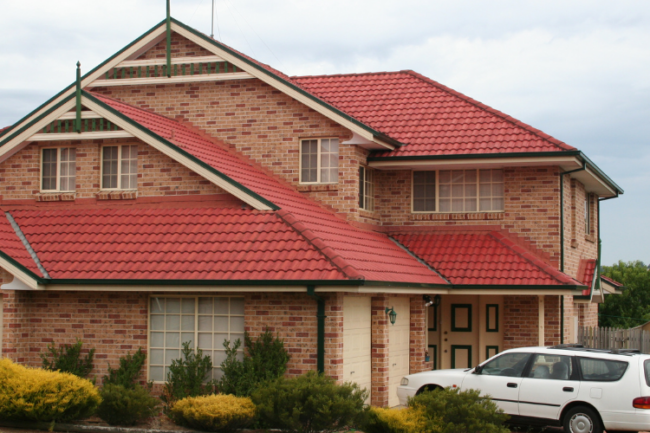When it comes to real estate investment, the age-old debate between units and houses continues to perplex investors. Both options offer unique advantages and considerations, making it essential to weigh the pros and cons before deciding which path suits your investment strategy best.
Houses: The allure of land and potential for growth
Investing in houses often appeals to investors seeking long-term capital growth. Houses typically come with more land, allowing for potential renovations, extensions, or subdividing, which can boost the property’s value over time. Additionally, houses tend to attract families looking for space and privacy, making them more desirable in certain suburban areas. From an investment perspective, houses can provide higher rental yields, especially in locations with strong demand for family-friendly homes. However, houses generally have higher purchase prices and ongoing maintenance costs, which may require a larger initial investment.
Units: Low maintenance and accessibility
Units, townhouses or apartments, offer distinct advantages that appeal to a different type of investor. One of the primary benefits of unit investment is the lower maintenance burden. With three or more properties on the one parcel of land will require body corporate fees for common ground maintenance. This can be particularly attractive for investors who don’t want to deal with the hassles of property upkeep. Typically, apartments are also often situated in central or high-demand locations, offering convenience and accessibility to public transport, amenities, and employment opportunities. They can be more affordable to purchase, making them accessible to a broader range of investors. However, unit rental yields might be lower compared to houses, and investors need to consider the potential for capital growth in the specific location.
Location, demand, and strategy
The decision between investing in units or houses ultimately depends on various factors, including your investment goals, budget, and the local market conditions. Consider the location and demand for both property types in the area you are interested in. Research the vacancy rates, rental yields, and historical capital growth to make an informed decision. Additionally, think about your investment strategy. Are you looking for a high rental income with lower capital growth potential (units) or long-term capital growth with potentially higher rental yields (houses)? Diversification within your investment portfolio is also crucial, so you might choose to invest in a combination of units and houses to spread your risk.
Discover your borrowing capacity here.
Disclaimer: The content of this article is general in nature and is presented for informative purposes. It is not intended to constitute tax or financial advice, whether general or personal nor is it intended to imply any recommendation or opinion about a financial product. It does not take into consideration your personal situation and may not be relevant to circumstances. Before taking any action, consider your own particular circumstances and seek professional advice. This content is protected by copyright laws and various other intellectual property laws. It is not to be modified, reproduced, or republished without prior written consent. Content developed in partnership with IFPA.
Subscribe to our newsletter to read about ‘All things finance’
At UFinancial, we love talking about finance-related matters. From home loans and refinancing to financial planning, investing, and tax.





